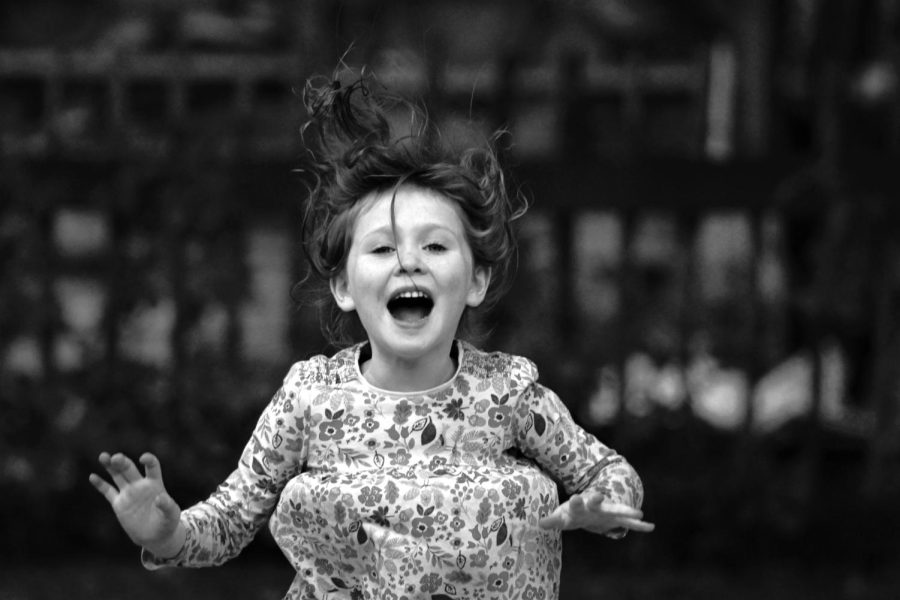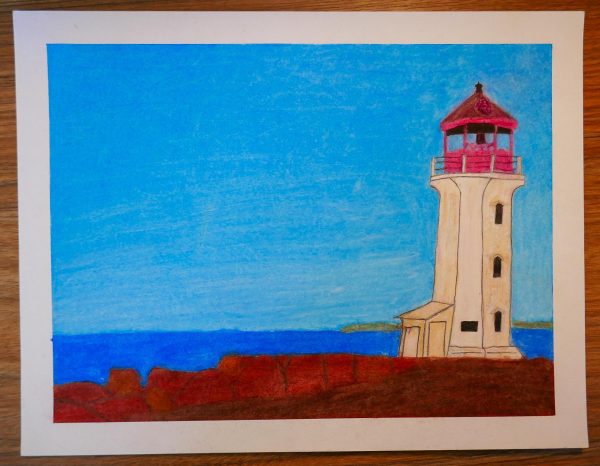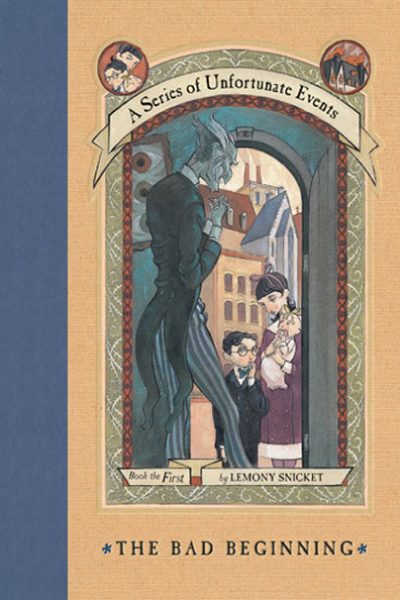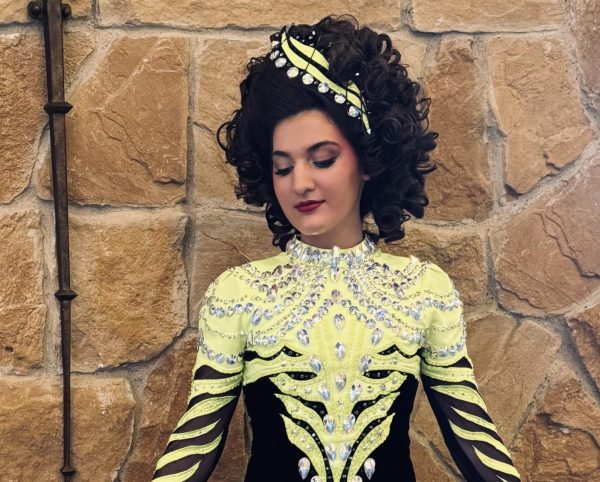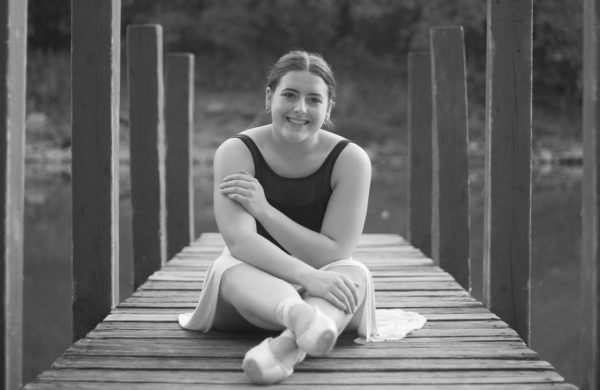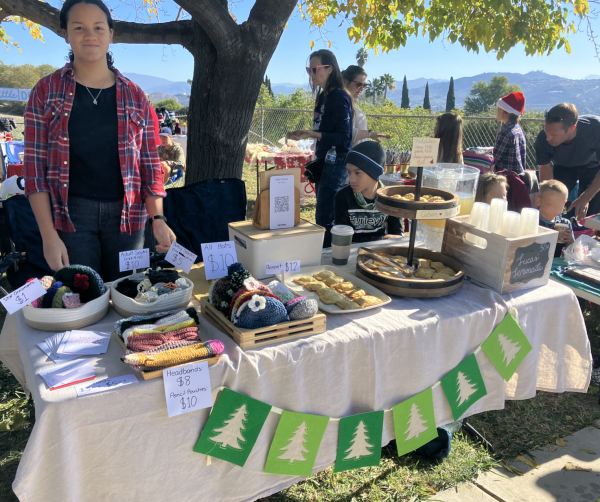The Perspective and Angle of the Camera
Anyone can take a photo. That’s easy. But does that photo tell a story? Does it express an emotion? Since we see everything with our eyes in 3d we need to preserve a feeling of space and dimensionality in a 2d photo. Look out the window. You can see movement, hear sounds, perhaps even smell the air. But a photo can’t can’t contain any of that. It is a single motionless frame which turns a second into a memory frozen in time. That’s why everything needs to be contained in that single image. Let’s look at the key factors which are contained in photography.
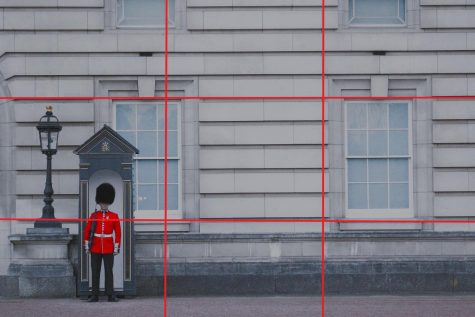 The most important thing in any photo is the composition. Without composition, a photo is a messy chaos of pixels. Composition is what structures the photo. You’ve probably heard of the rule of thirds. It breaks the photo into 9 sections which then serve as guidelines to where subjects of interest should be placed.This is simple and probably the most used technique. It helps balance the photo and makes the viewer take a visual journey through the rest of the image. Another technique is looking for lines in photography. This pulls the viewer’s eye toward a subject or focal point. Several examples are below. There are lots of other ways but these are the simplest and can be used creatively
The most important thing in any photo is the composition. Without composition, a photo is a messy chaos of pixels. Composition is what structures the photo. You’ve probably heard of the rule of thirds. It breaks the photo into 9 sections which then serve as guidelines to where subjects of interest should be placed.This is simple and probably the most used technique. It helps balance the photo and makes the viewer take a visual journey through the rest of the image. Another technique is looking for lines in photography. This pulls the viewer’s eye toward a subject or focal point. Several examples are below. There are lots of other ways but these are the simplest and can be used creatively

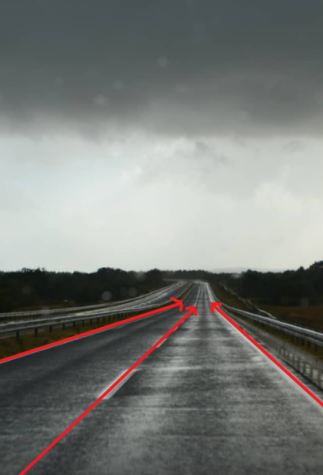
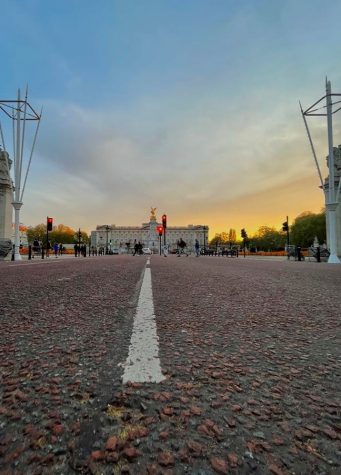
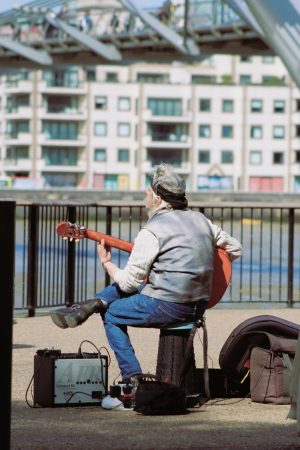 Now that you’ve understood composition we need to turn that photo into something which conveys emotions and tells a story. Always remember to involve the small details in the photos. These help tell your viewer more about the subject. A man sitting on a bench with nothing around him doesn’t tell much about him but this photo below shows a man sitting down playing a guitar and looking out over the river. It is now up to the viewer’s imagination to finish the story. It’s really important to use the entire frame and avoid having objects around the border of the photo as this distracts the viewer from the subject. This doesn’t have to be done in location; you could crop the photos later but again its definitely better to practice without editing. Angles change the emotion of the photo a lot. Each time you take a photo try using new angles and experiment to see which tells the story the most. Here are some examples of different camera angles you can use.
Now that you’ve understood composition we need to turn that photo into something which conveys emotions and tells a story. Always remember to involve the small details in the photos. These help tell your viewer more about the subject. A man sitting on a bench with nothing around him doesn’t tell much about him but this photo below shows a man sitting down playing a guitar and looking out over the river. It is now up to the viewer’s imagination to finish the story. It’s really important to use the entire frame and avoid having objects around the border of the photo as this distracts the viewer from the subject. This doesn’t have to be done in location; you could crop the photos later but again its definitely better to practice without editing. Angles change the emotion of the photo a lot. Each time you take a photo try using new angles and experiment to see which tells the story the most. Here are some examples of different camera angles you can use.
A low shot looking up – dominance:
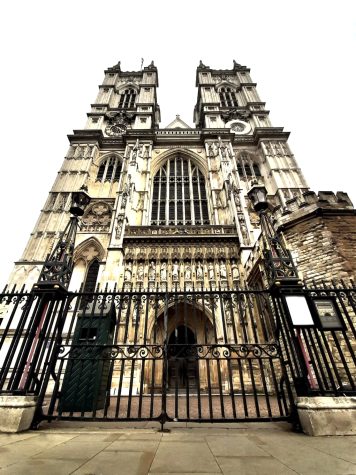
A high shot looking down- inferiority.
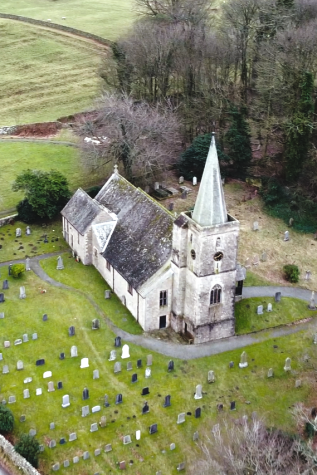
A close shot of someone’s face – intimate and confined.
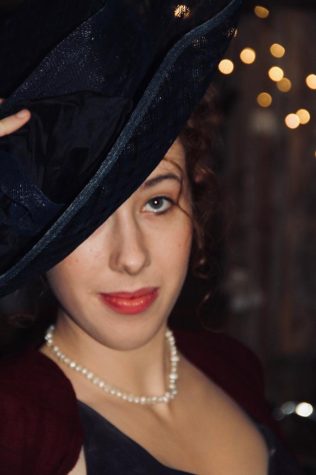
A wide shot – susceptible and exposed

This last section is often overlooked but I find it really important. This is the lighting and color. Quite simply, without light photography is nothing. Photography is light! It changes the mood of the photo drastically. For example a dark room with flickers of light portrays a very different message from a bright forest at midday. This is why the sun is the easiest type of lighting to use since it gives the most natural feel. Whether this is at sunset or in the middle of the day it generally gives a happy and cheerful impression to the viewer. On the other hand, dark lighting such as the moon or generic lighting gives a sinister and foreboding feel. The color is also really important. If you have a colorful scene then increase the vibrance and saturation, turning the photo almost into an abstract piece of art. Play around with the temperature also depending on what mood you’re telling. Is it a cold and harsh scene or is it supposed to be a warm and soothing scene? You could also turn a photo into black and white which causes the subject to appear a lot more prominent. The other background elements fade into the colorless surroundings. You can also experiment a lot with contrast and brightness when a photo is in black and white. A high contrast photo makes a very dramatic impression and a low contrast gives it more of a calm and soft feel. You could also highlight out certain colors and keep the rest in black and white. You could experiment with different color lightings. Here are some examples below.
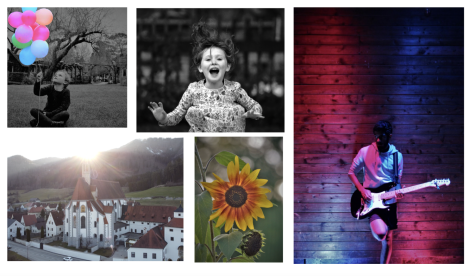
That’s all I’ve got to say! This is by no means a step by step guide you should follow; everyone has their own way of telling a story, but over the time I’ve been taking photos I’ve found these three sections the most useful. Most importantly though, have fun taking photos. Photography is the story that you fail to put into words. It is the pause button of life.
Dom Witchalls is a Journalism student and a Junior at MoDG. He’s interested in visual arts such as cinematography, photography, content/media creation,...

